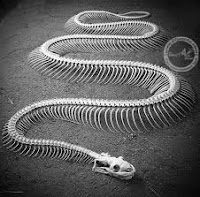- A flowering plant is a plant that at some point during its life cycle produces a flower.
Almond tree
- They are also called angiosperm (scientific name).

- All flowering plants produce seeds.

 Aguacate tree
Aguacate treeFLOWERING PLANTS LIFE CYCLE

(tomato plant)
FLOWER PARTS

























































